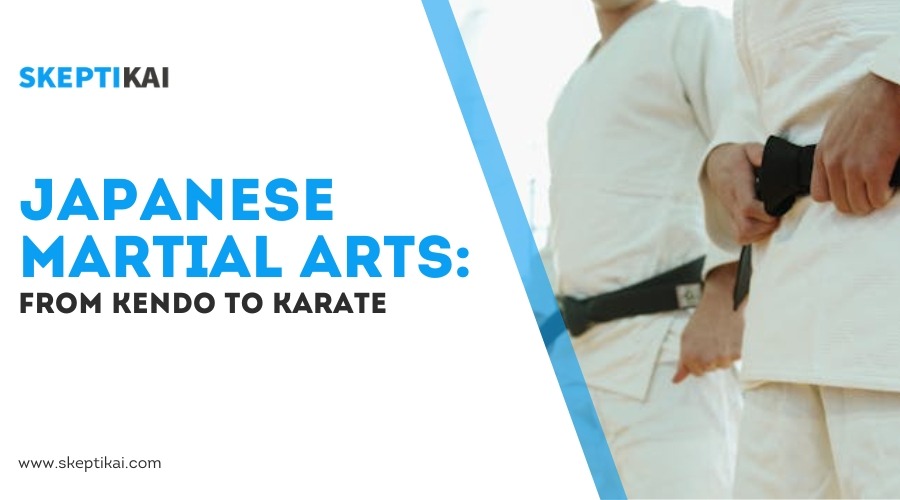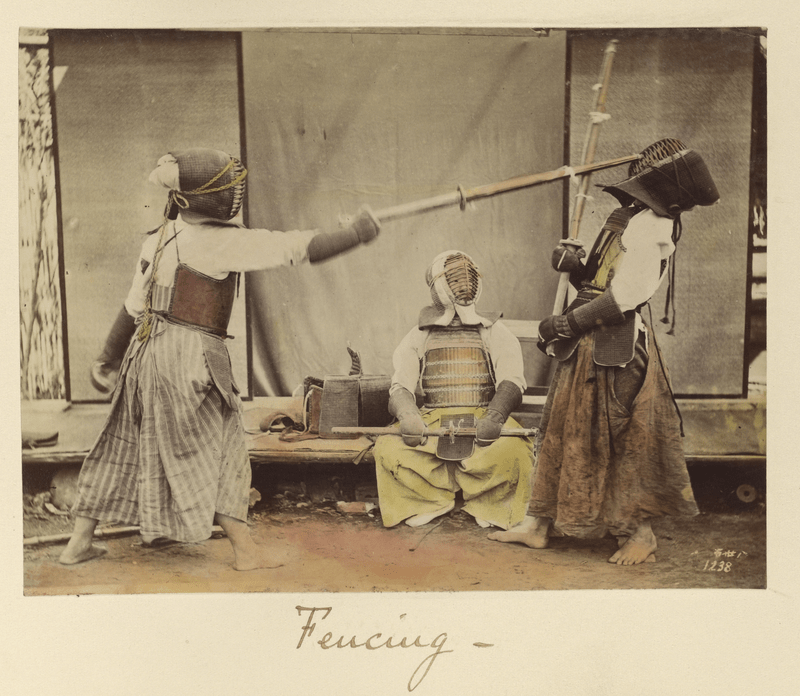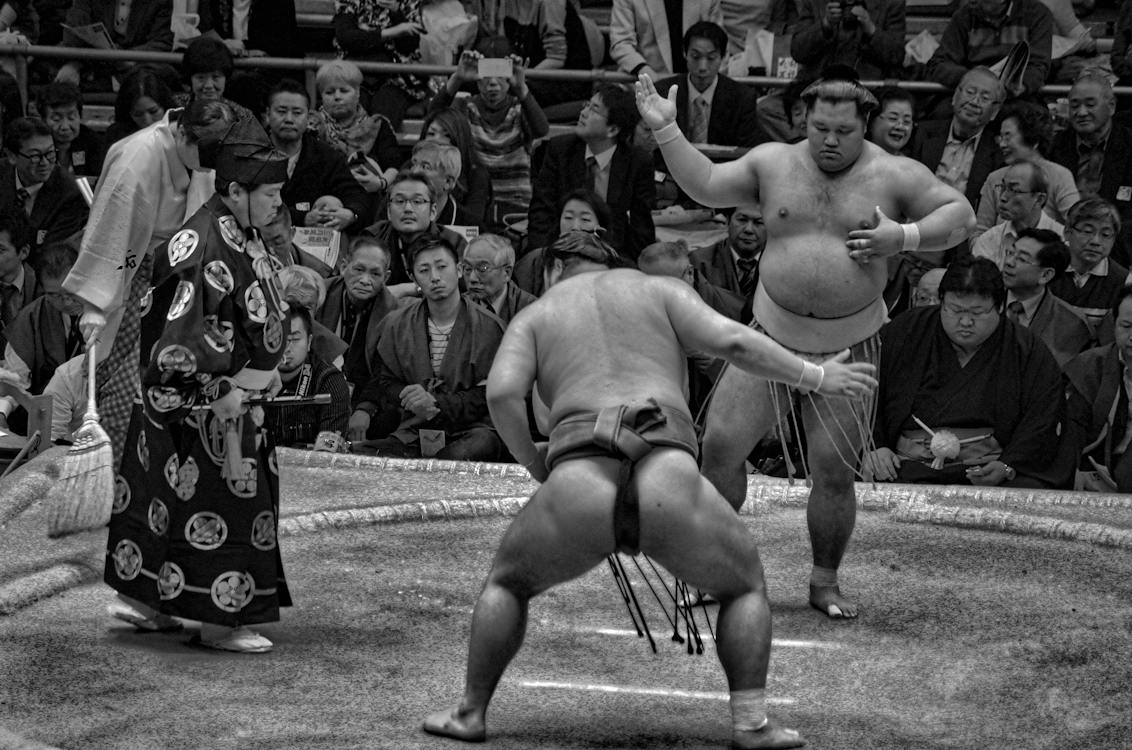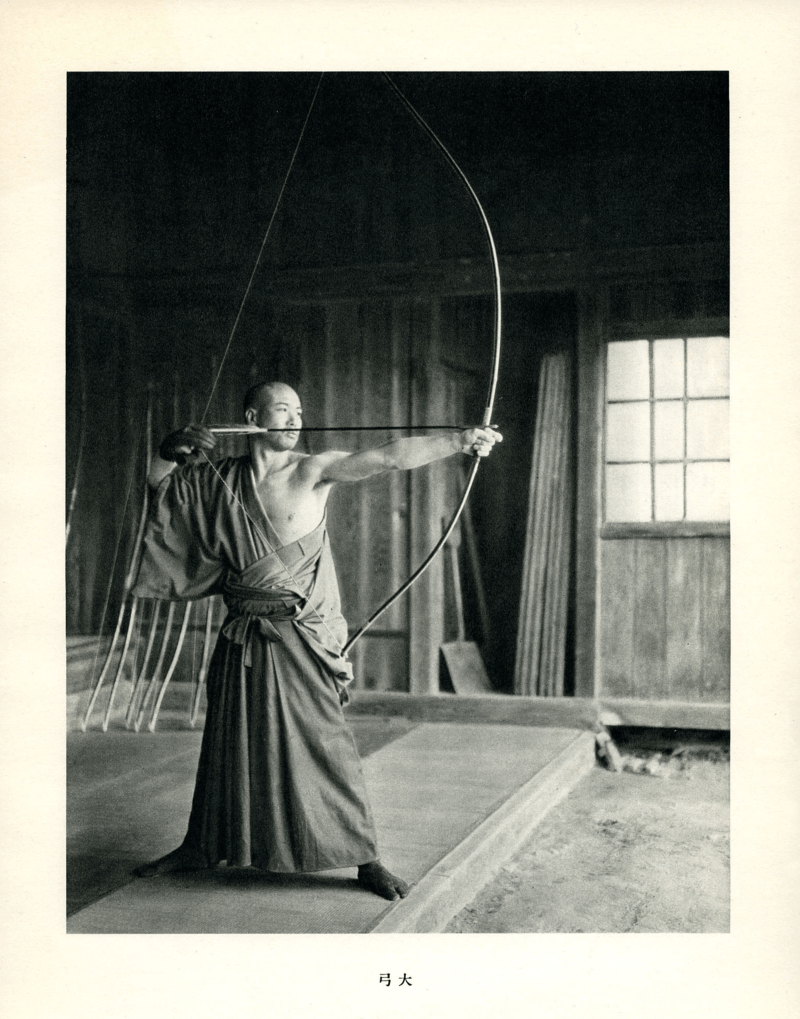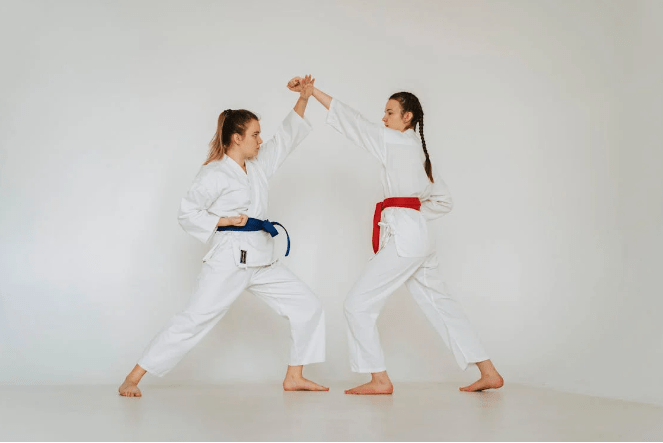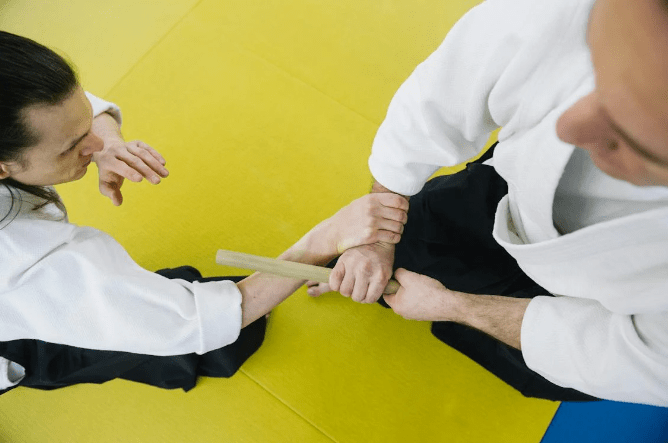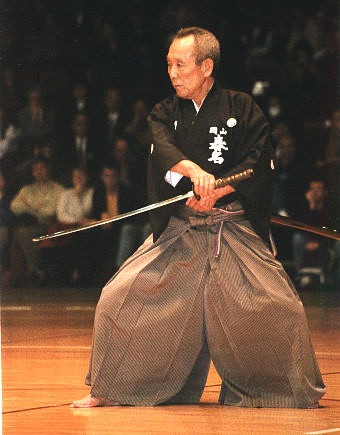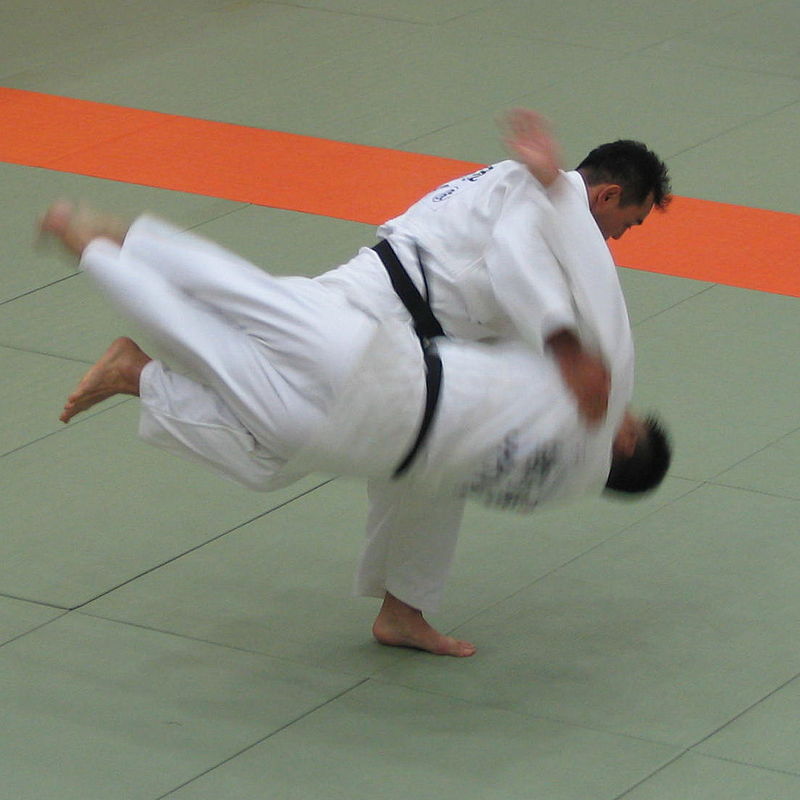Imagine you’re stepping into a dojo for the first time, the air crackling with the anticipation of what’s to come. You’ve heard about the physical prowess required for Japanese martial arts like Kendo and Karate, but there’s more beneath the surface.
These disciplines aren’t just about mastering strikes or swordplay; they’re a journey towards self-improvement and understanding a rich cultural heritage. As you stand on the threshold, consider how these ancient practices can offer modern lessons in discipline, respect, and perseverance.
Let’s explore how these arts can impact not just your physical abilities, but your approach to life’s challenges.
The Essence of Kendo
At its core, Kendo harnesses the spirit of the samurai, focusing on the rigorous discipline of both mind and body through the art of swordsmanship. As a revered Japanese martial art, Kendo immerses you in the ancient practice of swordsmanship using bamboo swords, known as Shinai. This art isn’t just about physical prowess; it’s equally about mental discipline, requiring you to master your mind as much as your movements.
You’ll engage in kata, precise forms that teach the fundamentals, and sparring, or Keiko, where those techniques are tested against an opponent. These practices aren’t just for show; they’re steeped in the philosophy of self-improvement, respect, and focus. The All Japan Kendo Federation (AJKF) plays a crucial role, organizing competitions and upholding standards that emphasize accuracy, technique, and spirit in striking specific target areas for points.
As you delve deeper into Kendo, you’ll progress through various Dan ranks, each marked by colored belts that signify your growing skill and experience. This journey isn’t just about learning how to wield a sword; it’s about embodying the discipline, determination, and respect that define the true essence of Kendo.
Sumo Wrestling Traditions
Moving from the disciplined sword strikes of Kendo, we now explore Sumo wrestling, a sport deeply rooted in Japanese tradition and history since 728 AD. Originating in Japan, Sumo isn’t just about sheer strength; it’s a sophisticated blend of throwing and grappling techniques, aiming to outmaneuver the opponent. Imagine stepping into the ring, where victory means either pushing your opponent out of the circle or making any part of their body other than the soles of their feet touch the ground.
Sumo wrestling was historically part of military training, honing warriors’ combat skills with its demanding physical confrontations. Today, it stands as Japan’s national sport, a living showcase of ancient traditions and techniques. Before and during matches, you’d witness a series of traditional rituals and ceremonies, each steeped in history, adding a layer of cultural richness to the physical contest.
These ceremonies aren’t just for show; they’re a tribute to the sport’s long history, integrating Sumo into the fabric of Japanese culture. As you delve into Sumo wrestling, you’re not just learning a martial art; you’re immersing yourself in centuries of Japanese heritage and tradition.
Kyudo: The Art of Archery
Transitioning from the physical might of Sumo wrestling, we now delve into Kyudo, a martial art where precision and spiritual balance reign supreme. Unlike the brute strength showcased in Sumo, Kyudo, or Japanese archery, emphasizes the cultivation of a harmonious balance between mind, body, and spirit. You’ll find the essence of Kyudo not just in hitting the target, but in the meticulous process that leads to the release of the arrow.
Here are three key aspects that set Kyudo apart:
- Precision and Form: Using the Yumi, a specialized longbow, your goal is to execute each shot with flawless precision and form. It’s a discipline where every minor adjustment can mean the difference between hitting or missing the mark.
- Mental Focus and Mindfulness: Kyudo is as much a mental practice as it’s physical. Achieving the required level of concentration demands rigorous mental focus and mindfulness, making each shot a meditative experience.
- Etiquette and Spiritual Aspects: The etiquette and spiritual aspects of Kyudo underscore the respect for the bow, the art, and the self. This martial art teaches you to seek inner peace and self-improvement through the disciplined practice of archery.
In practicing Kyudo, you’re not just learning to shoot arrows; you’re embarking on a journey towards achieving a state of serene concentration and personal enlightenment.
Karate’s Global Influence
Shifting focus from the serene discipline of Kyudo, we now explore how Karate has left a profound impact on the global martial arts landscape. This traditional Japanese martial art, known for its striking techniques, hasn’t only captured the hearts of millions worldwide but also garnered official recognition on the grandest stages. The World Karate Federation (WKF) plays a pivotal role in this, overseeing international competitions that showcase the skill and spirit of Karate practitioners from every corner of the globe.
Karate’s inclusion in the Olympics marked a significant milestone, elevating its global influence to new heights. This recognition hasn’t only boosted its popularity but also affirmed its value as a discipline that transcends cultural and national boundaries. With styles like Shotokan, Wado-Ryu, and Goju-Ryu, Karate offers a rich variety of training methods, each emphasizing the core principles of discipline, respect, and self-improvement.
As you delve into the world of Karate, you’ll find it’s more than just a physical practice. It’s a path to enhance your life, fostering a deep sense of respect for yourself and others, and continuously striving for self-improvement. Karate’s global influence is a testament to its timeless appeal and the universal values it embodies.
Aikido: Harmony in Motion
Aikido introduces you to the art of peace, where the power lies in redirecting an attacker’s energy to maintain harmony. Founded by Morihei Ueshiba, Aikido stands out for its emphasis on non-aggression and conflict resolution. Unlike other martial arts that may focus on strikes or offensive techniques, Aikido is all about harmony and self-defense. It’s a path that not only teaches you how to defend yourself through joint locks and throws but also how to grow personally by understanding the flow of energy and the importance of balance.
Here are three key benefits of practicing Aikido:
- Self-Defense Without Aggression: Aikido techniques allow you to neutralize threats without causing harm, using counter throws and joint locks to redirect an opponent’s force.
- Harmony and Conflict Resolution: The principles of Aikido extend beyond the dojo, offering insights into resolving everyday conflicts peacefully.
- International Popularity and Personal Growth: Gaining global recognition in the 20th century, Aikido offers a unique approach to martial arts that emphasizes personal growth and understanding, attracting practitioners worldwide.
Aikido isn’t just about physical techniques; it’s a journey towards achieving inner peace and harmony with the world around you.
Iaido: The Way of the Sword
While Aikido emphasizes harmony and the art of peace, Iaido, the way of the sword, centers on the swift and precise art of drawing the sword to face threats directly. As a traditional Japanese martial art, Iaido hones the skill of efficiently unsheathing the sword, a practice deeply rooted in samurai culture. This ancient martial art not only keeps Japanese culture alive through the preservation of historical sword-drawing techniques but also instills a sense of precision and mental presence in its practitioners.
You’ll find that Iaido is much more than just combat training; it’s a form of mindfulness. By focusing on the immediate reaction to threats with quick and decisive sword techniques, you embody the essence of readiness. This mental and physical preparation ensures that practitioners can respond to any situation with calmness and precision.
Iaido teaches you the importance of being present and mindful in every aspect of life, not just in martial arts. Its practices encourage you to maintain a state of mental alertness and readiness, reflecting the samurai’s spirit of facing challenges head-on. Through Iaido, you’ll experience a unique blend of ancient tradition and the cultivation of a peaceful, alert mind.
Judo: The Gentle Path
Judo, founded in Japan in 1882, offers a unique approach to martial arts by emphasizing the principle of leveraging an opponent’s force against them. Jigoro Kano, the founder, introduced Judo, meaning ‘gentle way,’ focusing on throws, joint locks, and grappling techniques. It’s not just about strength; it’s about using leverage and timing to your advantage. Judo’s principles make it an effective method for self-defense and have significantly influenced other martial arts, including Brazilian Jiu-Jitsu.
Since becoming an Olympic sport in 1964, Judo has gained international recognition, highlighting its effectiveness and the skill required. Here’s why you should consider Judo:
- Learn Effective Self-Defense: Judo teaches you how to defend yourself using the opponent’s strength against them, making it suitable for individuals of all sizes.
- Develop Physical and Mental Discipline: Judo isn’t just physical but also requires strategic thinking and patience, enhancing both your body and mind.
- Join a Global Community: As an Olympic sport, Judo connects you with a worldwide community of practitioners who share a passion for this martial art.
Through Judo, you’ll discover not just a sport but a path to self-improvement and understanding the art of gentle strength.
Conclusion
As you’ve explored the diverse world of Japanese martial arts, from the precision of Kendo to the global impact of Karate, you’ve seen how these practices are more than just combat techniques. They’re about personal growth, discipline, and connecting with a rich cultural heritage.
Whether you’re drawn to the graceful archery of Kyudo or the strategic throws of Judo, there’s a martial art that can help you find balance, strength, and harmony in motion. Embrace the journey and discover your path.
